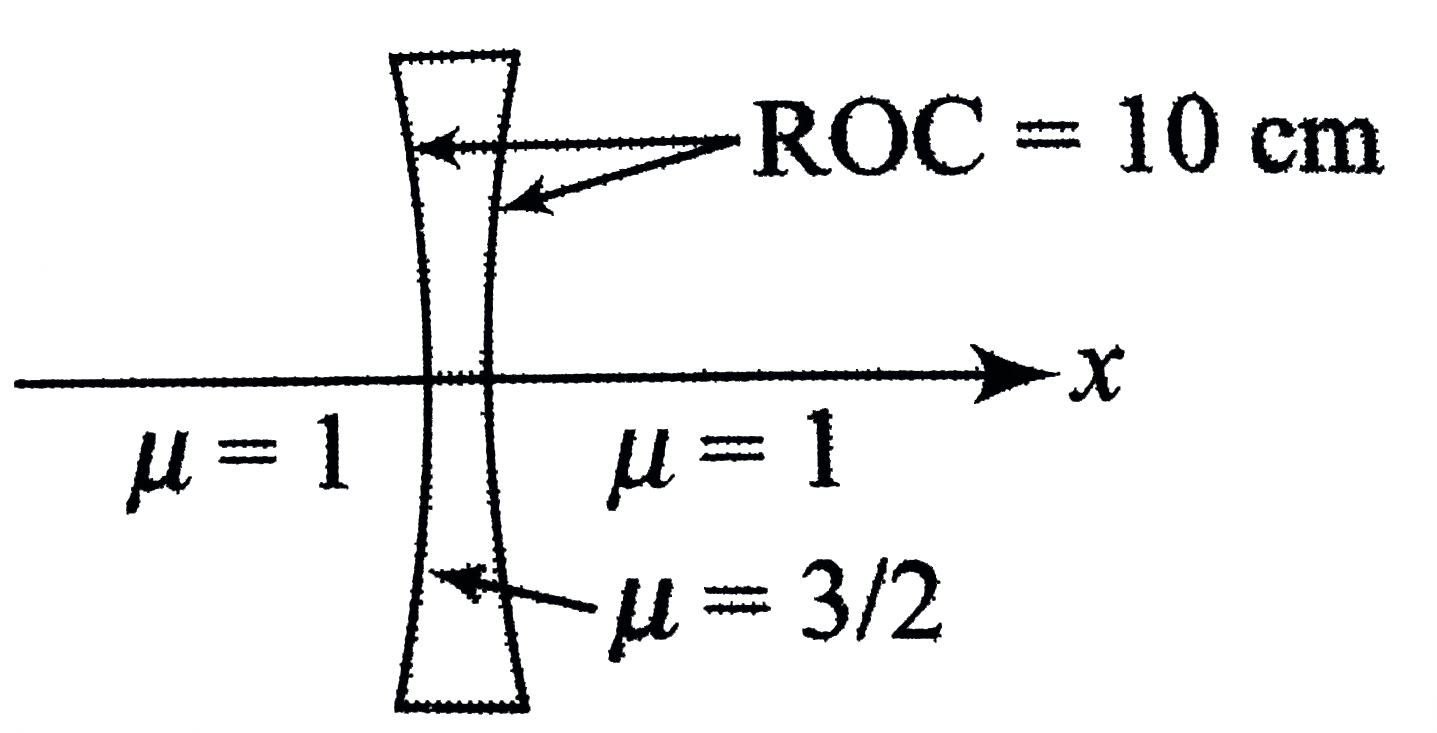The given lens is broken into four parts rearranged as shown. If the initial focal length is f, then after rearrangement the equivalent focal length is

f
f/2
f/4
4f
Step by step video & image solution for The given lens is broken into four parts rearranged as shown. If the initial focal length is f, then after rearrangement the equivalent focal length is by Physics experts to help you in doubts & scoring excellent marks in Class 12 exams.
Updated on:21/07/2023Topper's Solved these Questions
Similar Questions
Knowledge Check
The given equi-convex lens is broken into four parts and rearranged as shown. If the initial focal length is f, then after rearrangement the equivalent focal length is
 AfBf/2Cf/4D4f
AfBf/2Cf/4D4f
The focal length of the convex lens isA+10 cmB+20cmC−10cmD−20cmOn grinding a lens, its focal length
AincreasesBdecreasesCremains sameDnothing can be decided
Find the focal length of the lens shown in Fig.

View SolutionIf f is focal length of the lens, then the power of a lens is equal to
View SolutionA convex lens is in contact with a concave lens. The magnitude of the ration of their focal lengths is 2/3. Their equivalent focal length is 30cm. What are their individual focal lengths?
View SolutionA convex lens is in contact with a concave lens. The magnitude of the ratio of their focal lengths is 23. Their equivalent focal length is 30 cm. What are their individual focal lengths?
View SolutionThe focal length of a lens depends on
View Solution

